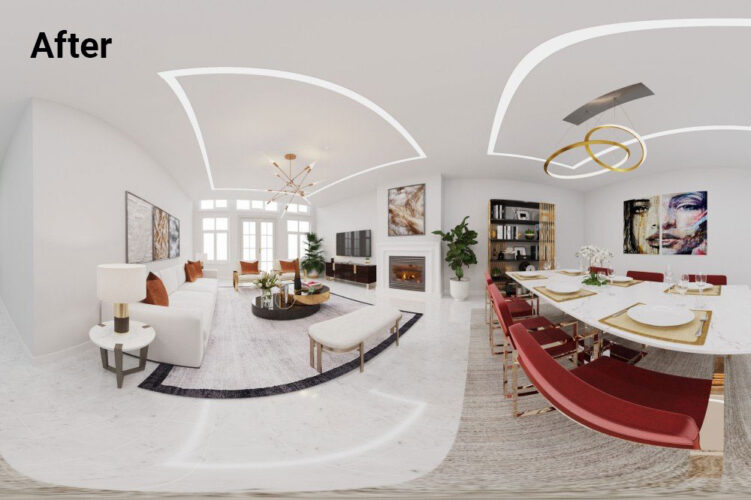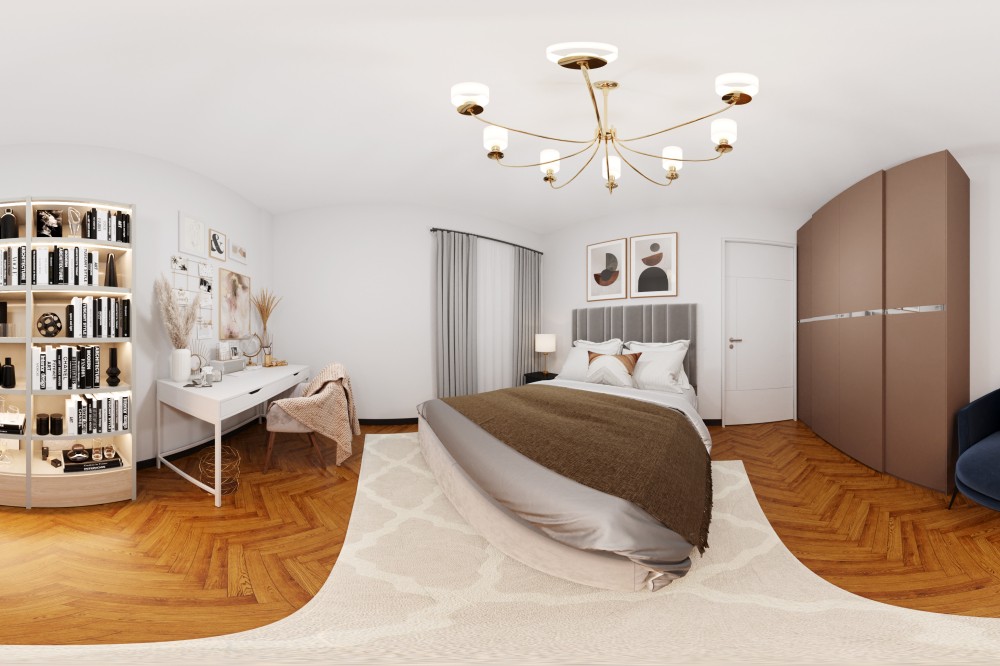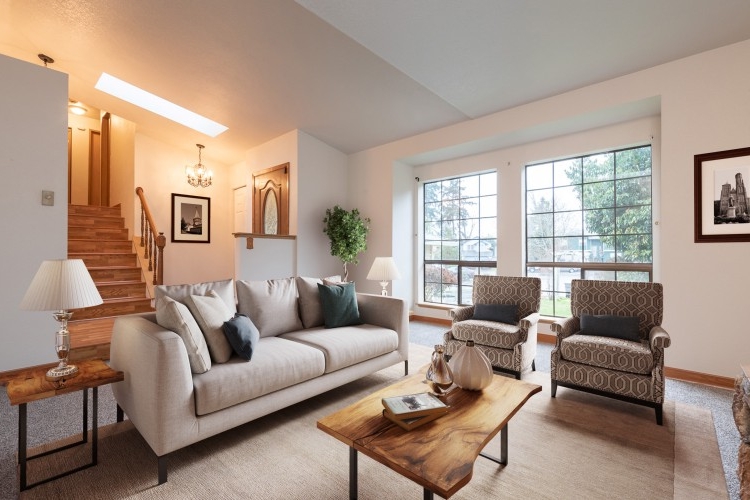10 Tips to get a creative & unique hotel photography
What is hotel photography? Hotel photography is an enticing side of real estate photography capable of creating images of glamour and grandeur. Hotel photography combines the appeal of real estate photography and the creativity of interior design photography to create a strategy of visual marketing that entices a variety of clients.
Hotel photography is not for the faint of heart. This area of real estate photos requires a photographer who is quick on their feet, who comes in with a plan and who is not afraid to go after difficult shots. Here are ten tips on how to create the best hotel photography possible:
The Experience
The priority of hotel photography is to capture the experience of a hotel. Some key questions the photographer should be asking themselves during a shoot:
- What is different about this hotel than other hotels in the area?
- What are key features that this hotel has that make it enticing?
- Who is the hotel’s audience?
- What does my client want these images to say to prospective hotel guests?
A hotel with amenities like a lazy river or specialty-themed rooms should have exceptional images of these features. These questions will aid a photographer in making sure they put the experience of a hotel at the forefront of their pictures.
Images that show attractions of the hotel will be inviting to potential guests who want to feel the experience of the hotel during their stay.
Location
Just as the experience is important in pictures, showcasing the location is just as important. How does a photographer display location? This can be done by taking images of exteriors and small details within a hotel or utilizing windows in the background of an interior.
Photos of palm trees encasing the exterior of a hotel are a great way to showcase a tropical location. Snowfall on trees outside the cozy comfort of the hotel room can showcase the beauty of a hotel in the mountains. A New York City skyline complimenting the warm haze of a hotel room can show the location of the hotel within the city.
The relevance of the hotel to an area is essential to potential guests thus it should be essential to the photographer.
Tell A Story
Every piece of real estate property has a story. Within a residential space, the design, the architecture, and the integrity of the home are all connected to the life of the people that stay inside. A hotel has a story in the same way a commercial space or a residential home does.
How to take hotel photography is an individual experience but every photographer should look for key stories in the real estate and tell these stories through the images that they take. Regardless of the story told, an image of comfort should always be put forth at the front of hotel photography.
Key Photos
The experience of a space can be told by focusing on key photos. In real estate photography, the vignette image is the featured image of a space that tells a story. In Hotel Photography a range of photography should be strived for but the most beautiful rooms and spots should have the best images. For the different types of rooms, make sure that there are at least four images guests can peruse through.
Above everything else, the appeal of the hotel is put over the number of images taken of the hotel. Detail shots can help with this by showcasing the design and intention behind the hotel’s layout.
Common Area
The lobby of a hotel is typically a center of design ingenuity within the building. Taking images of the lobby can help guide you in the approach toward taking photographs of the rest of the hotel.
The lobby is the common area and the center point of interaction between guests and the hotel so these images help to showcase the interaction. These pictures should showcase the welcome and the comfort of the hotel that so often is featured within a lobby.
Lighting
Lighting, though complex, should be kept simple in its approach.
- Beware of glares and reflections, especially with guests walking around.
- Use as much natural light as possible.
- Experiment with light at different times of the day.
Room Arrangement
Sometimes a room may be perfectly arranged for the physical aesthetic of a space but, it does not meet a visual aesthetic as needed by a camera. A photographer, after consulting the client, of course, should take liberties to assort the room that will appear best on camera.
An example of this would be opening the curtains, placing colorful pillows in certain areas, moving a distracting statue to a corner to add depth to an image, etc.
Arranging a space can help to show the comfort of a hotel through the lens of a camera.
Use a Level
There are two essential aspects in real estate photography: a level image and a clear image. A tripod is a real estate photographer’s best friend and it should be a hotel photographer’s best friend also.
Cameras contain a level in their settings that can appear for the photographer so the steps toward a level image are simple. A level photo helps the best showcase the lines and the way the human eye sees a space.
Prep Ahead of Time
Prior to the shoot, take a look at the property. Walking around the property without a camera in hand may help to give the photographer a semblance of what the guest experience could be like.
Creating a hotel photography shot list may also be easier with the use of careful planning. Arriving early to a shoot and touring the property to find the best features and amenities will ultimately shine through in the end product.
Know the Client
What does the client want from these photographs? Some clients may want the images to focus more on the interior design of a space, or some may want to focus on lifestyle images of a hotel. Sometimes a photographer must shoot toward the needs and wants of a client and not just follow a general approach of hotel photography.
If a top New York City hotel known for its restaurant is asking for images, the images should showcase the restaurant in the hotel and the guests within the restaurant. Understanding the approach of the client will make the shoot much easier in the long run.



